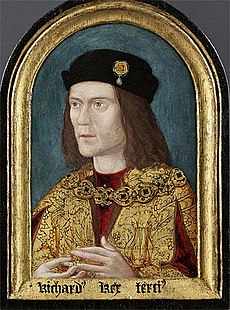In my last post, I argued that despite the existence of important areas of agreement, Tocqueville rejected (what he took to be) Machiavellianism because he found that it left the ruler “capable of doing anything.” For Tocqueville, it appeared, there were certain inviolable moral limits to political action. Without such limits, Tocqueville feared, a society’s liberty would be lost. The question thus arises: how did Tocqueville think that such limits were to be defined and enforced?
The most obvious answer would seem to be: through religion. Indeed, by restraining political leaders and democratic peoples from pursuing certain courses of action, Tocqueville argues, religion performs one of its greatest services for human society. This is especially so in a democracy, for whose vitality religious beliefs are “more necessary” than they are in other systems. Democracy in America at 632 (Bevan trans.).
Tocqueville’s thinking on this point seems to have deepened in the five years that separated the publication of Part I of Democracy (1835) and Part II (1840). In a passage in Part I, he suggested that religion and morality usually regulated political action effectively in America, even when a democratic majority supported such action. He wrote (id. at 465; emphasis added):
Republicans in the United States value customs, respect beliefs, recognize rights. They hold the view that a nation must be moral, religious, and moderate in proportion as it is free. What is called a republic in the United States is the quiet rule of the majority, which is the communal source of power once it has had the time to acknowledge and confirm its existence. But the majority is not all-powerful. Above it, in the world of moral issues, lie humanity, justice, and reason; in the world of politics lie rights acquired. The majority acknowledges both these limits. . . .
If the majority should ever fail to observe such moral and political limits, Tocqueville says, “it is because, like any individual, it has its passions and . . . it can act badly even though it knows what is good.” Id. The American people, in other words, may, in episodic fits of “passion,” suffer from weakness of will; but “know[ing] what is good,” it will eventually correct itself.
In Part II of Democracy (published in 1840), Tocqueville offered a more penetrating analysis. Here he argues that the strength and pervasiveness of Christianity in America ensure that the American people and their leaders will observe certain defined moral limits. Christianity operates to set bounds to the moral imagination, so that certain courses of action become literally Read more
 I imagine some of our readers already know this, but here’s a follow up on a story we covered earlier this year. In February, archaeologists confirmed that they had discovered
I imagine some of our readers already know this, but here’s a follow up on a story we covered earlier this year. In February, archaeologists confirmed that they had discovered
